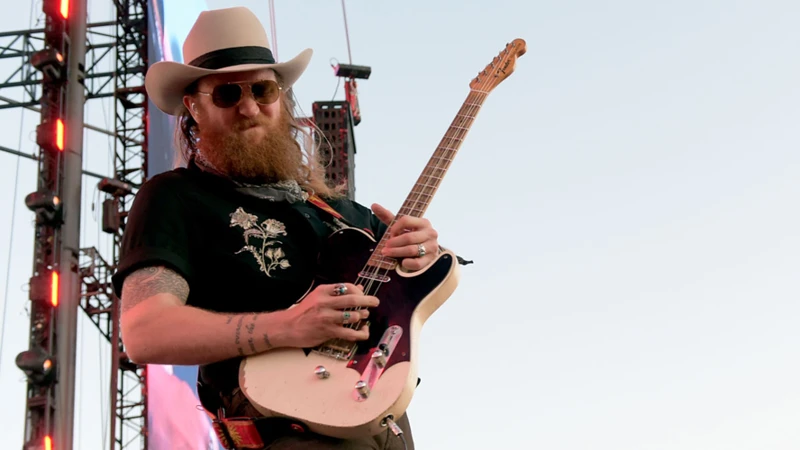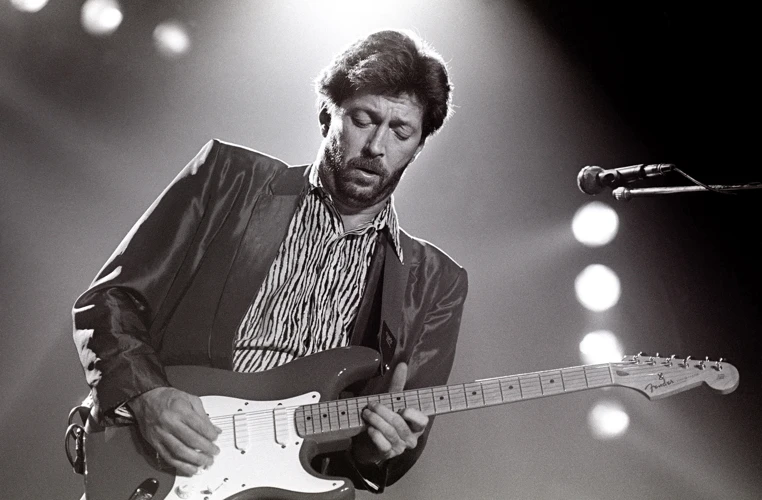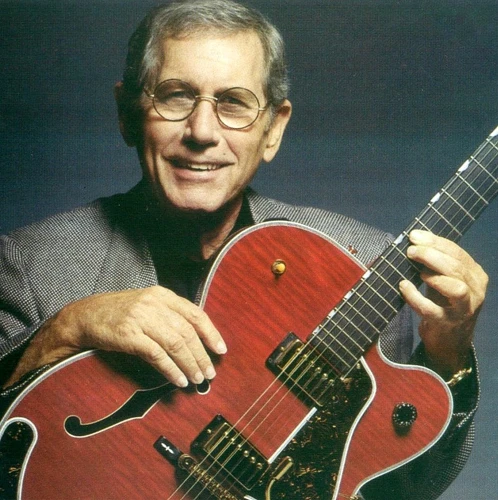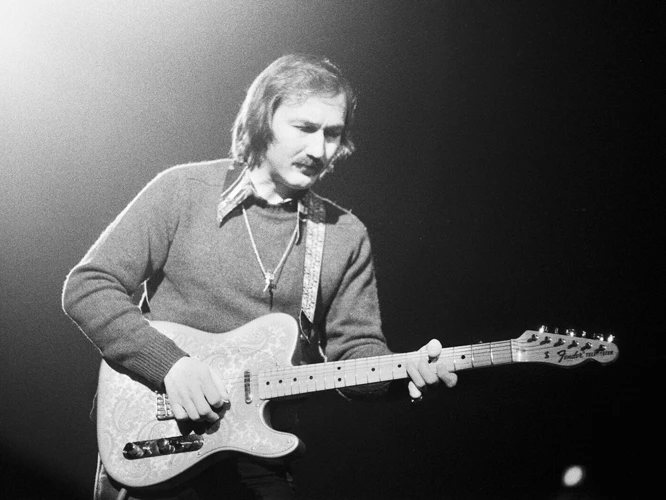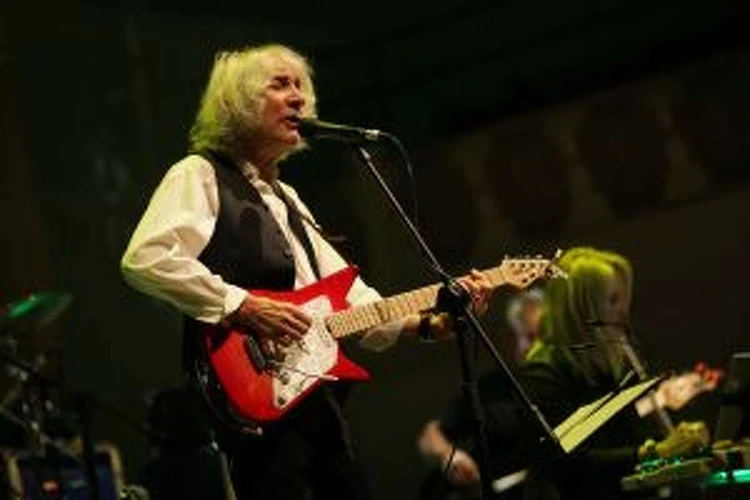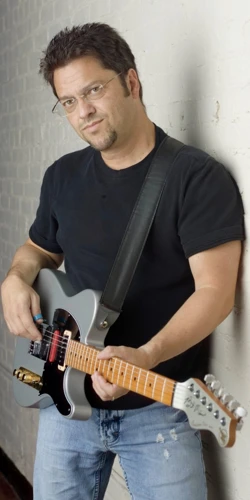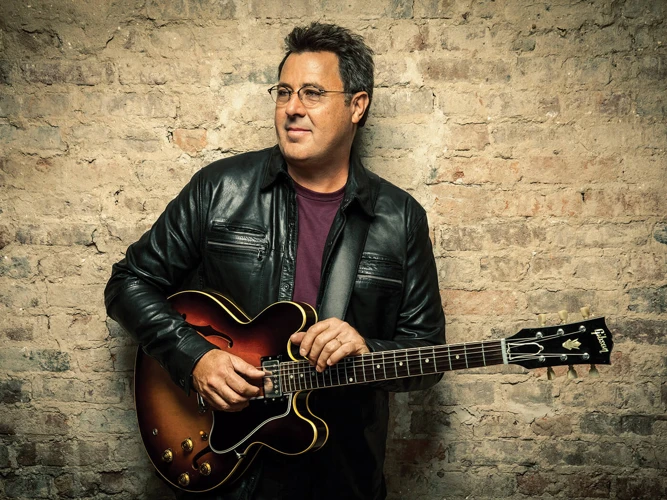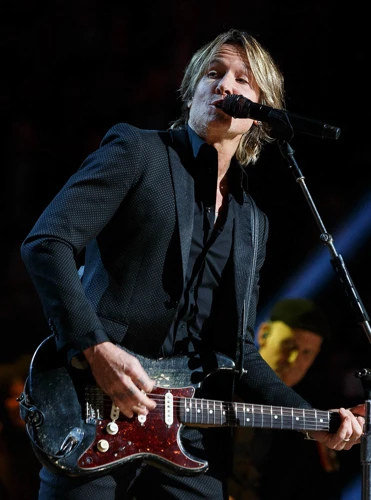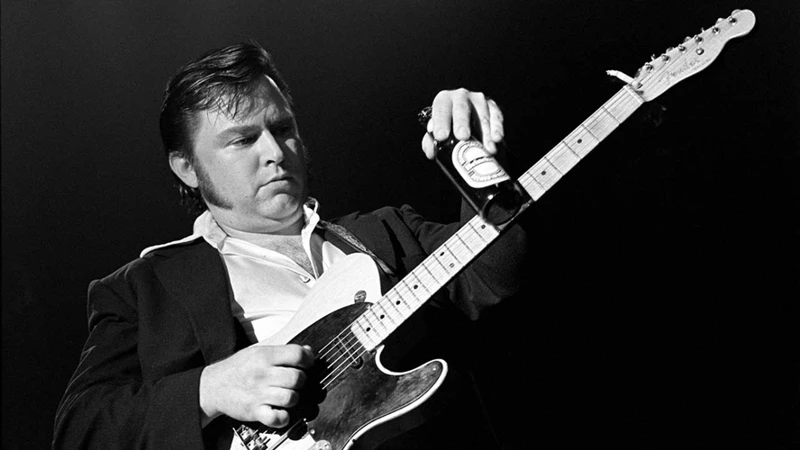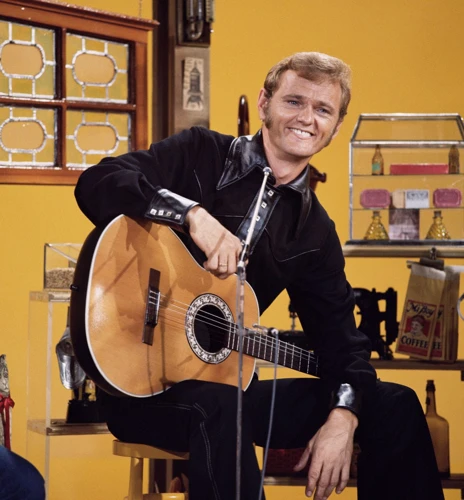Country music has a rich history filled with talented musicians who have left their mark on the genre. While country music is often associated with acoustic instruments like the banjo and fiddle, the electric guitar has played a significant role in shaping the sound of modern country music. From twangy telecasters to soaring solos, electric guitarists have brought a new dimension to country music, adding a touch of rock and roll flair to the genre. In this article, we will explore 10 electric guitarists who have made a lasting impact on country music with their innovative playing styles and unforgettable performances.
1. Brad Paisley
Brad Paisley is a powerhouse in the world of country music, known for his impressive guitar skills and catchy songwriting. Paisley’s signature style blends traditional country sounds with modern rock influences, creating a unique sound that has earned him numerous awards and accolades. With hits like “Whiskey Lullaby” and “Ticks,” Paisley has solidified his place as one of the top electric guitarists in country music today.
2. Keith Urban
Keith Urban is a versatile musician who has mastered the art of playing the electric guitar. His dynamic performances and soulful playing style have won over fans around the world, earning him multiple Grammy Awards and chart-topping hits. Urban’s ability to seamlessly blend country, rock, and pop influences has made him a standout in the genre, with songs like “Blue Ain’t Your Color” showcasing his exceptional guitar skills.
3. Vince Gill
Vince Gill is a true legend in country music, known for his smooth voice and masterful guitar playing. Gill’s career spans decades, during which he has amassed countless hits and accolades, including 21 Grammy Awards. His melodic playing style and heartfelt lyrics have made him a beloved figure in country music, with songs like “Go Rest High on That Mountain” showcasing his emotional depth and musical prowess.
4. Johnny Hiland
Johnny Hiland is a virtuoso guitarist known for his lightning-fast picking and fiery solos. Despite being blind since birth, Hiland has overcome obstacles to become one of the most respected electric guitarists in country music. His dynamic playing style and jaw-dropping technique have earned him a dedicated following, with fans marveling at his ability to effortlessly blend country, rock, and blues influences into his music.
5. Brent Mason
Brent Mason is a sought-after session guitarist whose impressive resume includes work with some of the biggest names in country music. Known for his impeccable technique and innovative approach to the guitar, Mason has left a lasting impact on the genre with his iconic riffs and solos. His contributions to hits like “Independence Day” and “One More Last Chance” have solidified his reputation as one of the top electric guitarists in Nashville.
6. Dann Huff
Dann Huff is a multi-talented musician who has made a name for himself as both a guitarist and a producer in the country music industry. His versatile playing style and keen ear for production have earned him numerous awards and accolades, including a Grammy for Producer of the Year. Huff’s groundbreaking work on hits like “It’s Your Love” and “Don’t Let Me Down” has cemented his status as a driving force in contemporary country music.
7. Albert Lee
Albert Lee is a British-born guitarist whose dazzling technique and infectious energy have made him a legend in the world of country music. Known for his lightning-fast licks and jaw-dropping solos, Lee has influenced generations of guitarists with his innovative playing style. His work with artists like Emmylou Harris and Eric Clapton has solidified his reputation as one of the top electric guitarists in the genre.
8. Redd Volkaert
Redd Volkaert is a Texas-based guitarist who has made a name for himself with his gritty tone and soulful playing style. Known for his work as the lead guitarist for Merle Haggard’s band, The Strangers, Volkaert has earned a reputation as a master of traditional country guitar. His inventive approach to the instrument and deep understanding of the genre’s roots have made him a standout in the world of country music.
9. Steve Wariner
Steve Wariner is a seasoned musician with a long and successful career in country music. Known for his smooth vocals and masterful guitar playing, Wariner has captivated audiences with hits like “Holes in the Floor of Heaven” and “The Weekend.” His rich tone and emotive playing style have earned him critical acclaim and numerous awards, establishing him as a true icon in the genre.
10. Joe Walsh
Joe Walsh may be best known for his work with the Eagles, but his contributions to country music should not be overlooked. Walsh’s searing guitar solos and rock-infused sound have added a new dimension to the genre, with songs like “Life’s Been Good” showcasing his exceptional talent and creativity. His distinctive playing style and larger-than-life persona have made him a standout in the world of electric guitarists, leaving an indelible mark on country music.
Looking to explore the world of country music guitarists? Check out our articles on the top acoustic guitarists in country bands, acoustic guitarists in country music, iconic electric guitar solos in country music, electric guitar in country music, and top country electric guitar players for a deep dive into the talented musicians shaping the genre.
Conclusion
Electric guitarists have played a crucial role in shaping the sound of country music, bringing new textures and influences to the genre. From the soulful playing of Vince Gill to the dynamic solos of Brad Paisley, these 10 electric guitarists have left an indelible mark on country music with their innovative styles and unforgettable performances. Whether blending traditional country sounds with modern rock influences or pushing the boundaries of the genre with their technical prowess, these musicians have helped to define the sound of modern country music. As the genre continues to evolve, electric guitarists will undoubtedly play a vital role in shaping its future, carrying on the rich tradition of innovation and creativity that has made country music a beloved genre around the world.

